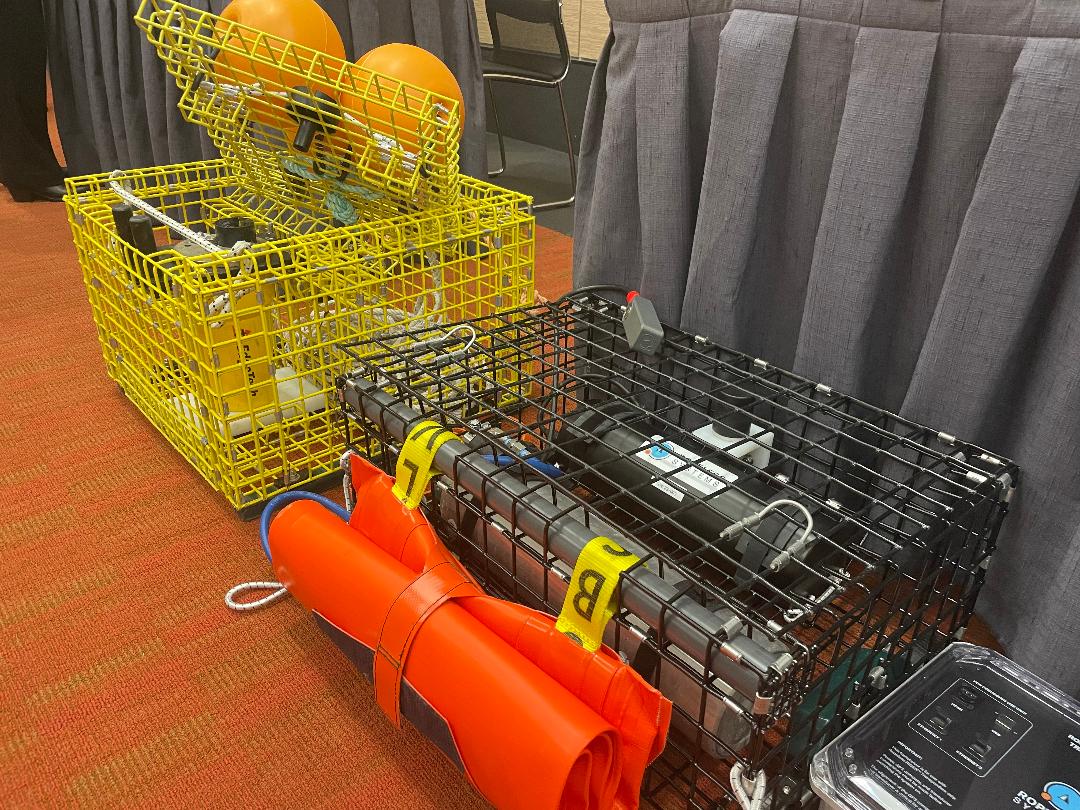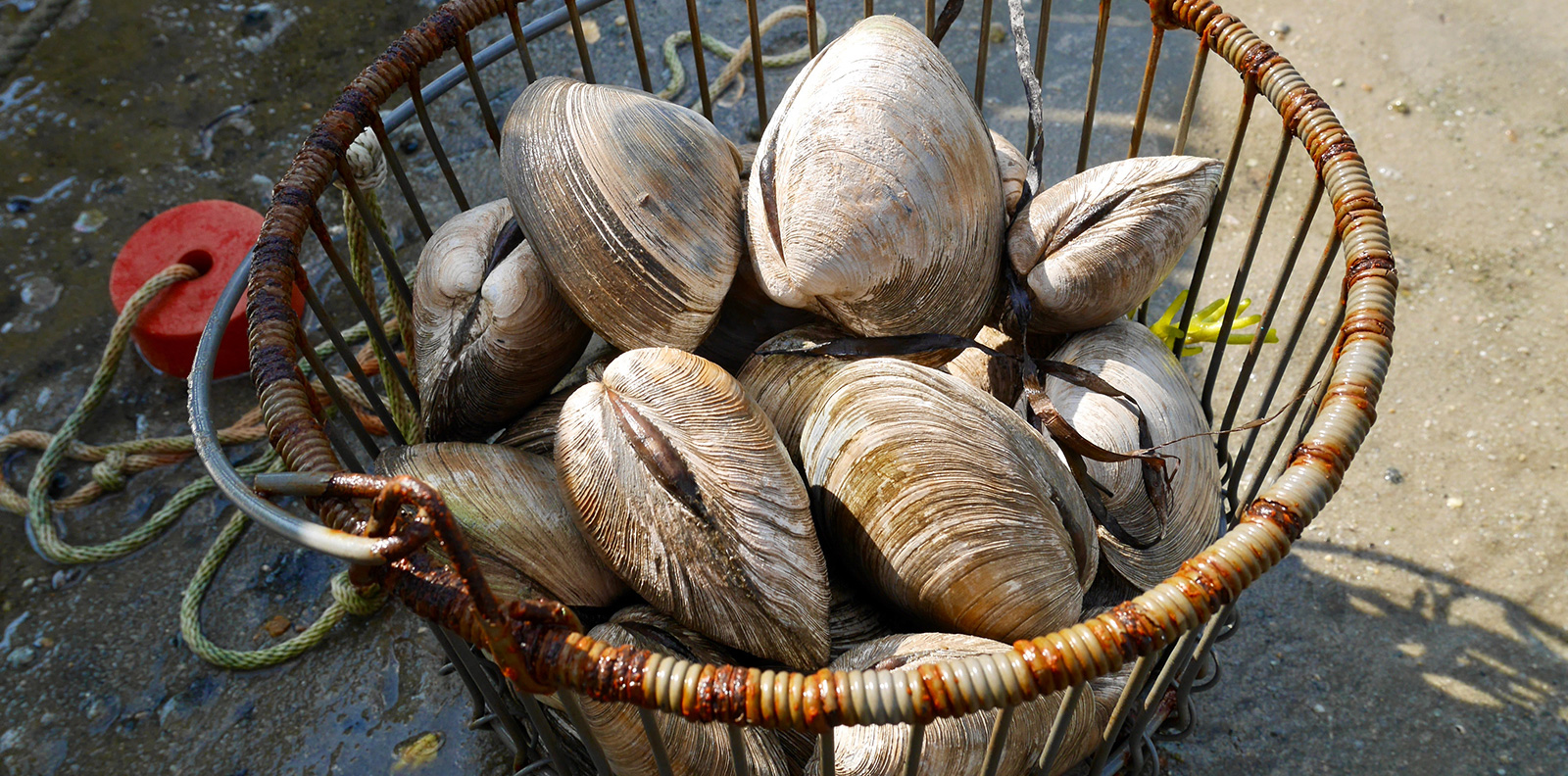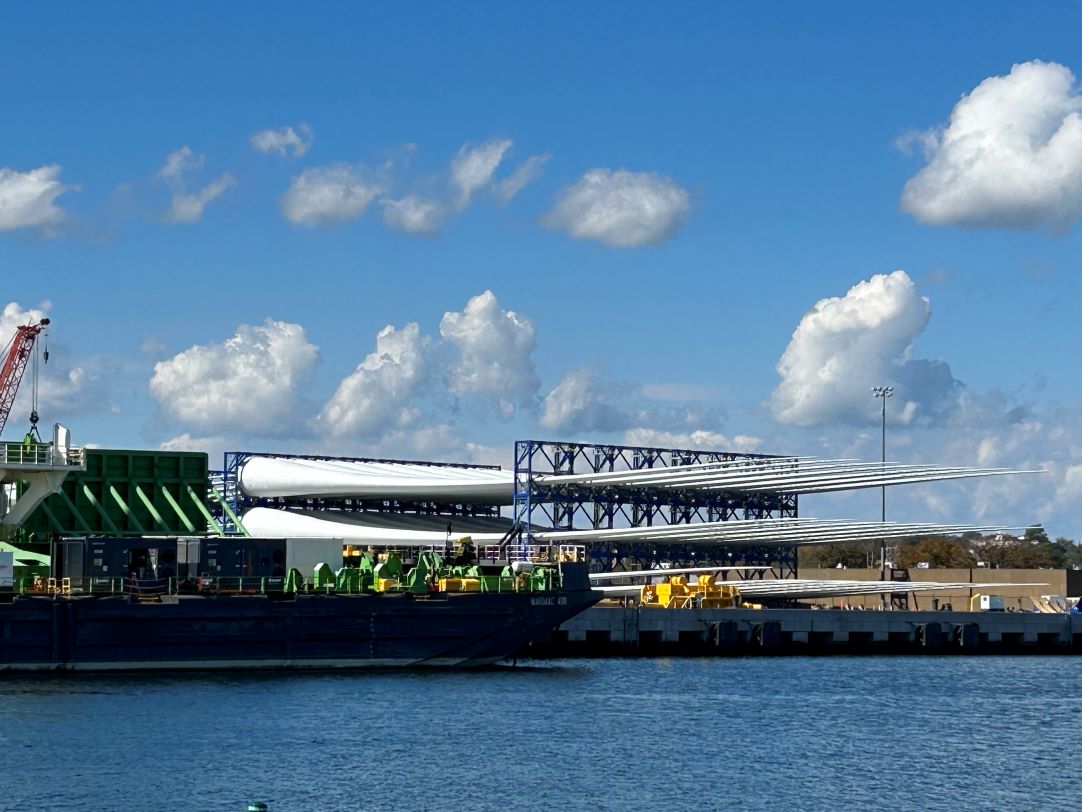Outlook Dismal for Region’s Winter Flounder Stock
December 5, 2018
Winter flounder is one of the most popular fish among recreational anglers and commercial fishermen, due in part to their thick fillets and great taste. Once abundant in Rhode Island waters, their numbers have declined significantly in recent decades, and new research suggests that the warming climate will likely make it impossible to rebuild their stocks to targeted levels.
A recent study, led by a former research associate at the National Oceanic and Atmospheric Administration’s Northeast Fisheries Science Center in Narragansett, R.I., concluded that even if fishing were to be curtailed entirely, winter flounder populations are unlikely to rebound.
According to Rich Bell, who now works as a fisheries scientist for The Nature Conservancy, winter flounder is a cold-water, coastal species that spawns in estuaries such as Narragansett Bay and Buzzards Bay during the fall and winter when most other flounders migrate south or offshore. Their eggs and larvae develop in the estuaries during the coldest months of the year.
“During the 1980s and ’90s they were overfished, and it seems that they never really recovered,” Bell said. “We believe that they come into the bays to spawn in winter where they have a thermal refuge from predation. When it’s cold, there are no predators around, giving them time to grow big enough before it warms up and the predators arrive.”
The concern is that as the climate has warmed and spring arrives earlier and earlier, the predators are now arriving before the larvae have a chance to grow big enough to escape. Common predators on larval winter flounder include sea robins, summer flounder, sculpins, and crangon shrimp.
By combining winter flounder population models with climate models, Bell and his NOAA colleagues projected future population numbers as the climate continues to heat up. They factored in three fishing scenarios into their models: no fishing; moderate fishing representing a small fishery or incidental catch; and fishing at the expected long-term sustainable level assuming the stock was rebuilt to historic levels.
“We found that as temperature increases, it’s going to be more challenging for the population to recover,” Bell said. “And more importantly, even if there is no fishing and the temperature goes up as expected, they may be unable to reach the targeted recovery level.”
A large part of the problem is that winter flounder produce fewer young in warm waters. The species is now rarely caught in southern estuaries such as Chesapeake Bay, and numbers are way down in Delaware Bay and Long Island Sound.
“There might be so few in Long Island that there are subtle signs of inbreeding occurring,” he said.
Bell noted that winter flounder aren’t headed toward extinction. Populations are healthy in colder water regions like the Gulf of Maine, Georges Bank, and the Canadian Maritimes. But the continuing declines in southern New England raise challenging questions for their management.
“It becomes a larger issue of what do we as a society want to do,” Bell said. “Do we want to stop fishing them entirely? Do we want to fish them all now before they’re gone?”
While Bell wasn’t willing to weigh in on those questions, he said the phenomenon of cold-water fish species experiencing a decrease in productivity and an increase in mortality isn’t exclusive to winter flounder. Other researchers are documenting similar results in other species as ocean temperatures rise.
Whether the target levels for rebuilding winter flounder stocks are even plausible is another question. Bell said those targets are based in part on data collected in the 1960s and ’70s before significant warming had occurred and when the species was reproducing at high levels.
“Rebuilding plans developed assuming constant rates for demographic variables such as growth, reproduction, and mortality may not be realistic for stocks like winter flounder,” he said.
The research was published in September in the Canadian Journal of Fisheries and Aquatic Sciences.
Rhode Island resident and author Todd McLeish runs a wildlife blog.




This deeply saddens me, but would it be possible that the winter flounder just adapt to spawning farther north?
How much has the bottom temperature risen? Please answer that question
From all the stories ive been told about how the older generation over fished them back when there were no regulations on them its not a surprise to me that there arent any left.. ive heard stories of filling up entire skiffs with winter flounder.. they abused it and we are now paying for it.. thank the old timers for that.
Boomers destroyed the world honestly
Stop commercial harvest now!
You all talk about global warming and over fishing. The same think tanks that controlled fish quotas on other varieties allowed overfishing of other species too. No one wants to discuss other man made obstacles to fish breeding in estuaries. Everyone complained about pollution in Narragansett Bay for years, and the effluent from septic systems and industrial pollution. Certainly those issues were real, but winter flounder thrived. Then, all the PHDS from the marine biology think tanks had no problem allowing communities dumping millions, or even billions of gallons of chlorinated “clean” sewage water to be dumped into critical estuaries in Narragansett Bay. The eel grass died, and so did fish larvae. I have yet to see one paragraph written by so called experts about how devastating that was and is to our bay. Global warming, predators (which have always been here) and over fishing, but not one word about how this Stste and the experts allowed the bay to be “cleaned” up with Chlorine. I’d like some “expert” opinions on this matter.
Peter Bruno
The Stony Brook study showed a lot more than inbreeding. It showed that inshore winter flounder populations come back to natal areas to spawn (e.g. salmon, sturgeon). They showed that the flounder population in Shinnecock Bay was specific to that bay. (That is, the flounder came in after a 1930’s hurricane opened up the bay, and never left).
Conditions inshore have radically changed, and not just in temperature. Biofilm, hypoxia events, brown ride and crangon are the biggest challenges to larval and YOY inshore flounder.
Also, the offshore George’s Bank population of flounder is doing just fine – which is funny – because NMFS is quick to blame climate change on many other offshore George’s Bank fish stocks that are greatly reduced.
And still there are a few inshore populations of flounder that have inexplicably persisted. Shark River, NJ, for example.